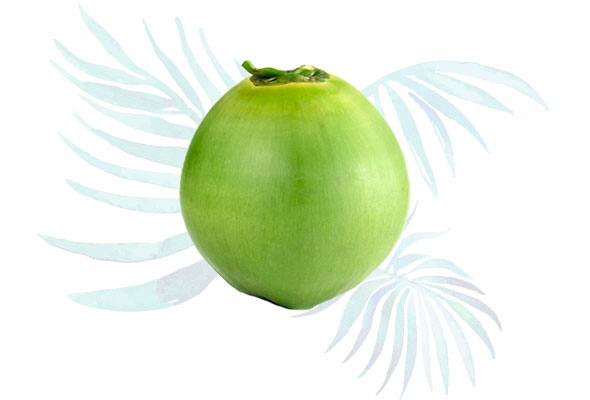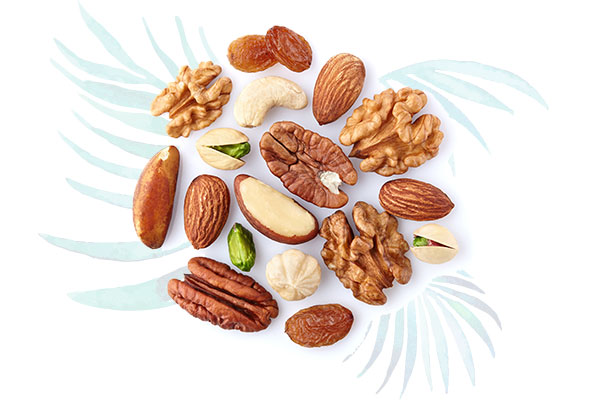
Coconut is not a nut!
It's a drupe, a type of fruit with a hard inner shell and a fleshy middle. More specifically, it's a fibrous one-seeded drupe, similar in classification to peaches and cherries. Good news for those with tree nut allergies – most people can safely enjoy coconuts!
Read Article
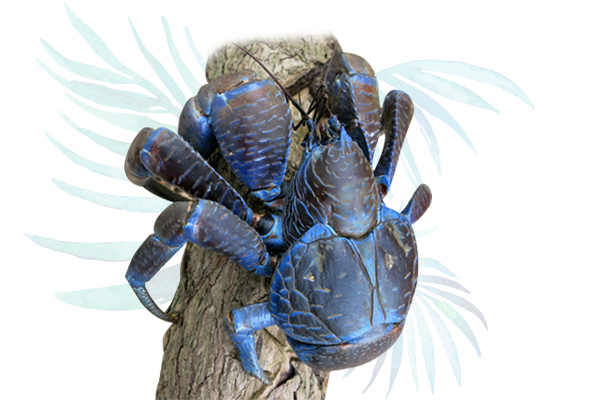
Coconuts with Claws!
The coconut crab (Birgus latro) holds the title for the largest land-living arthropod on Earth, is a species of terrestrial hermit crab and is strong enough to crack open coconuts! While its name suggests a diet of coconuts, these crabs are opportunistic eaters, feeding on fruits, dead animals, and other organic material.
Watch Video
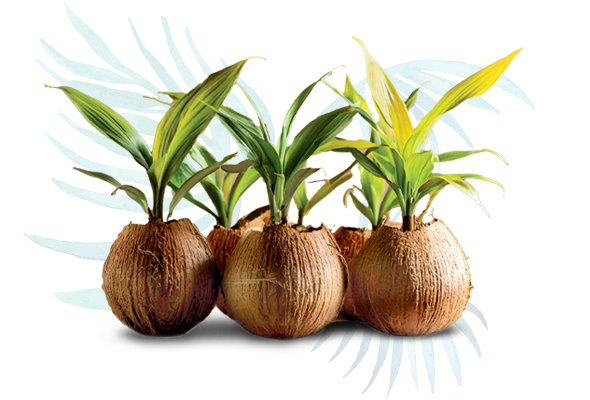
The Future of “Green” Plastic: Biodegradable Plastic from Coconut
With researchers exploring innovative ways to transform coconut waste into strong and biodegradable bioplastics, coconut husk might soon power the next generation of biodegradable plastics. Such innovation not only reduces plastic pollution but also adds value by turning “coconut waste” into sustainable solutions.
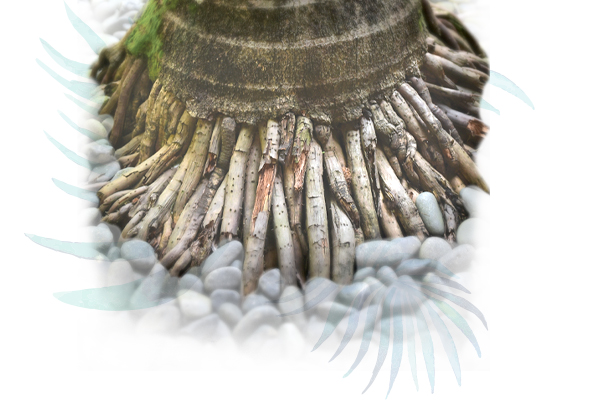
The Same Root System as Grass!
Coconut tree has a fibrous root system which enable stability and anchorage, efficient nutrient and water absorption, adaptability to various soil conditions, and continuous growth. These characteristics of fibrous root system has allowed coconut tree to survive and grow in native tropical and subtropical habitats.
Read Article
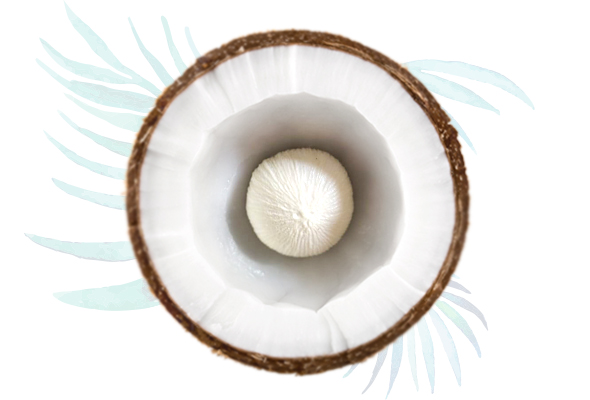
Apple Inside the Coconut? Nature’s Nursery!
Manzana de coco, also known as the “coconut apple”, is not just a fruit, it is a unique part of the coconut that only forms when a mature coconut prepares and begins to sprout, which is essentially an energy reserve for the growing embryo, helps to fuel the first stages of the seedling's development.

Coconut Water as Intravenous Saline Solution!
During World War II, coconut water was reportedly used as a substitute for intravenous saline solution (IV fluid) when supplies were low. Its natural sterility inside the shell and close electrolyte balance to human plasma made it a temporary lifesaver.
Read Article
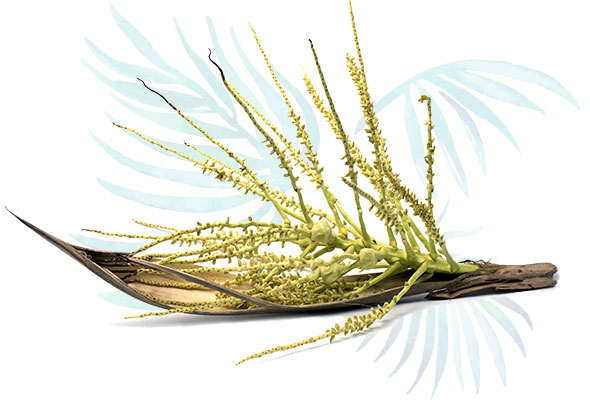
Coconut Flowers for Sugar or Coconuts – Not Both!
The coconut tree is a self-sufficient bloomer! It grows both male and female flowers on the same flowering stalk, making it monoecious – though some botanists use the more technical term polygamomonoecious. Interestingly, when farmers tap the tree to collect coconut flower sap for making coconut sugar, it stops the tree from growing coconuts.
Read Article

Survive on Just Salt Water?!
Coconut trees are well adapted to coastal areas and can tolerate salty conditions due to the roots have mechanisms to filter out most of the salt. Despite their salt tolerance, coconut trees still need access to freshwater, usually from rainfall, underground freshwater lenses, or hidden freshwater sources in the soil.
Read Article

Tropical-style Tree Rings: How to Tell a Coconut Tree’s Age.
The age of a coconut tree can be estimated by counting the number of leaf scars on its stem. The tree produces a new frond (leaf) periodically, and when the old frond falls off, it leaves a scar on the trunk. By counting these scars and dividing by the average number of fronds produced per year, you can estimate the age of the coconut tree.
Read Article
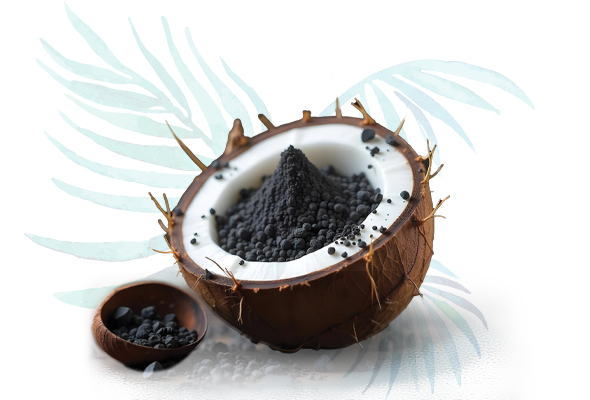
Coconut Shells: Activated for Filtration
Coconut shells are excellent for making activated carbon filters because they have a high density of micropores – tiny structures that effectively trap contaminants and pollutants in both water and air, leading to cleaner water and air.
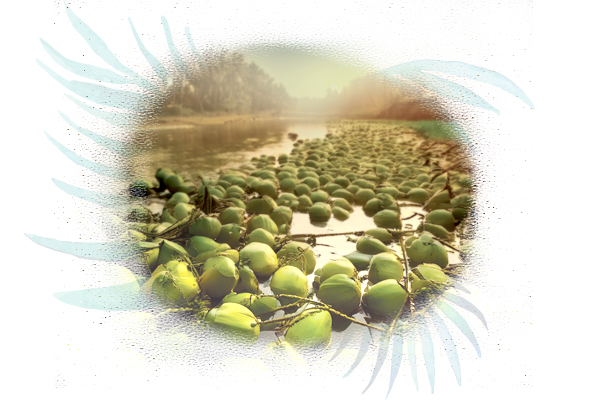
Coconut Harvesting: Let the Tide Help!
Since coconuts naturally float, it is a smart, low-effort delivery system – with no heavy lifting required! When coconut trees grow near the shore, harvested coconuts can simply be dropped into the water during high tide and allowed to float to collection points downstream or onshore.

Monkey Face of The Coconut.
The word coconut comes from the Spanish word “coco”, which means “head”, “skull”, or even “face” (that of a monkey), thanks to the shell’s hairy texture and those three “holes” that resemble eyes and a mouth.
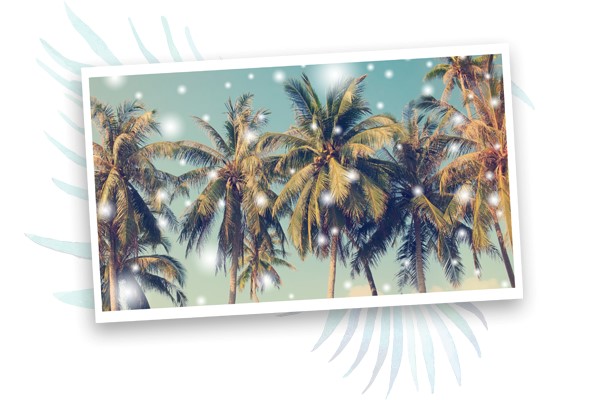
Matured coconut palm can withstand temperatures as low as 55°F (or 12.7°C).
Special attention is needed if you are growing coconut palm in cooler climate, e.g. temperature controlled by keeping young coconut palm indoors, supplementing sunlight with artificial light.
Read Article
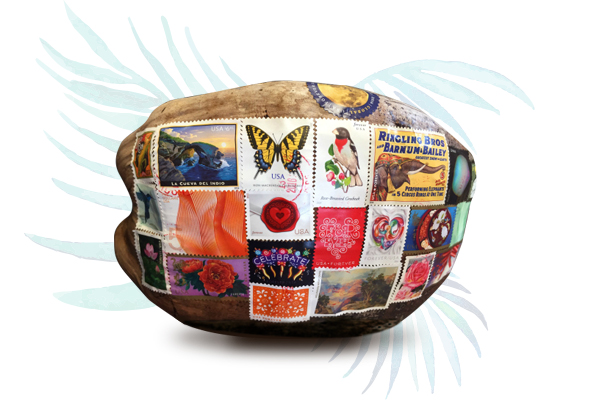
Mail-a-Nut!
The United States Postal Service views a coconut as “a self-contained unit, one which cannot be easily tampered with by criminals or readily examined by postal inspectors.”, so you can mail-a-nut!
Read Article

A song titled, “Coconut”, released in 1971 by musician, Harry Nilsson
made it to the Billboard Hot 100 list.
Watch Video
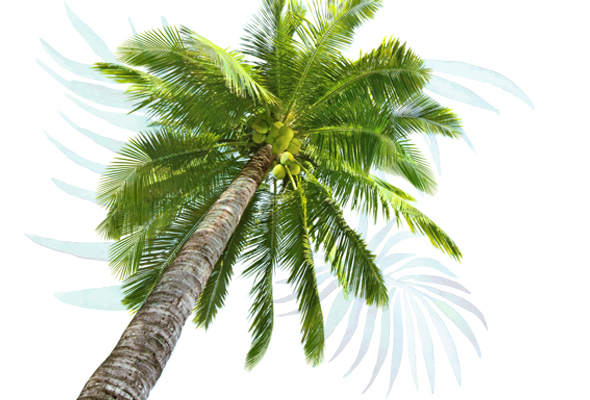
Botanically, coconut palm is not a "tree"…
Since there is no bark, no branches, or secondary growth. A coconut palm is a woody perennial monocotyledon with the trunk being the stem.

Is Coconut Oil poisonous!?
With a Harvard professor’s assertion that coconut oil is poisonous… Let us be our own judge by reading this article from Dr. Bruce Fife, who is considered one of the world’s leading experts on dietary fats and oils.
Read Article

Gas mask manufacturers in the US developed the use of steam-activated coconut char
obtained by burning coconut husks as an important component in gas mask production. They found that masks using coconut carbon were superior at filtering noxious substances.
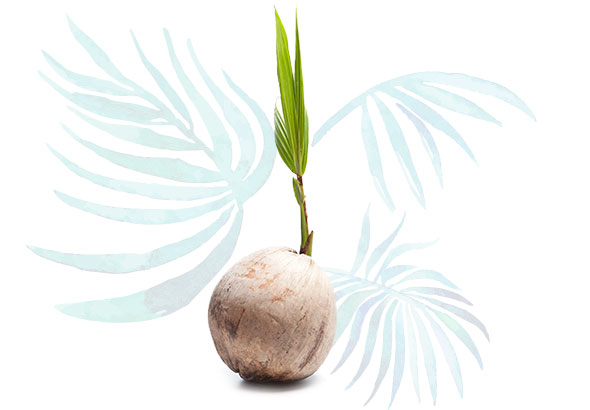
In the classical language of India, Sanskrit, coconuts are called “kalpa vriksha”
which means “tree which gives all that is necessary for living”.

From the tips of coconut tree’s leaves down to its roots are sources of useful raw materials for production purposes of thousands of kinds
foods, beverages, oil, thatching fiber, utensils and ornaments, desserts, musical instruments and for the making of children’s toys.
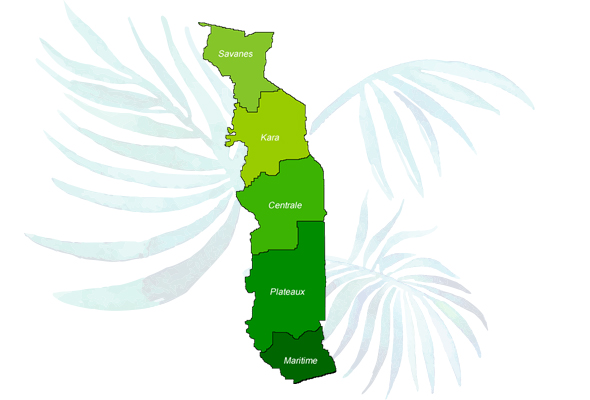

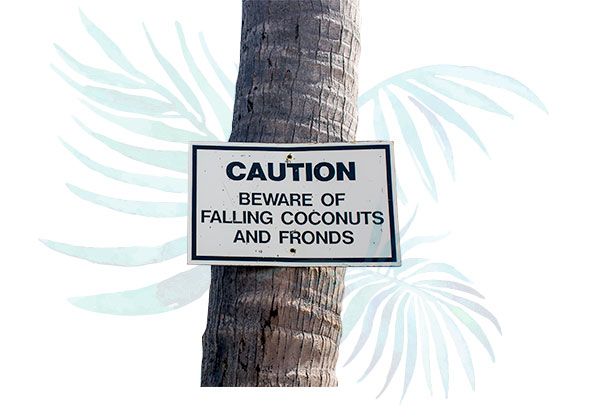
According to a report in 1984,
2.5 percent of injuries treated at a hospital in New Guinea were caused by falling coconuts.
Read Article
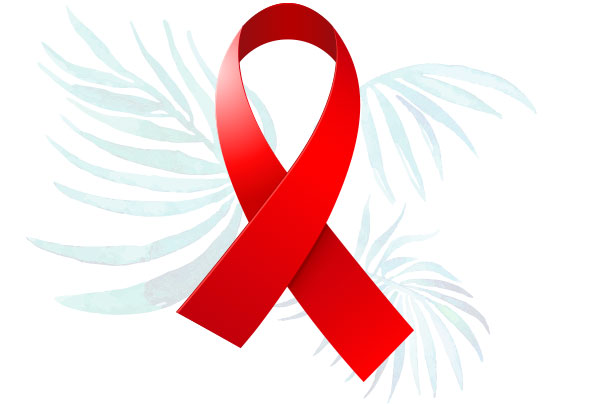
Scientific studies have shown that coconut oil has anti-microbial and anti-viral properties and is now even being used in treating AIDS patients.
Studies conducted in the Philippines showed that coconut oil does reduce the viral load in AIDS patients.
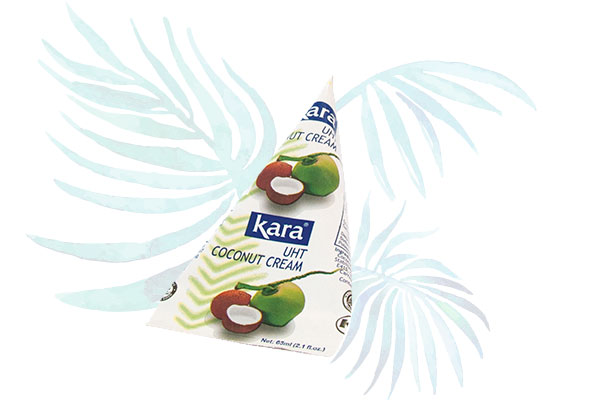
1989, the year Kara was introduced to the world
first aseptic UHT Coconut Cream in ambient shelf stable packaging.
